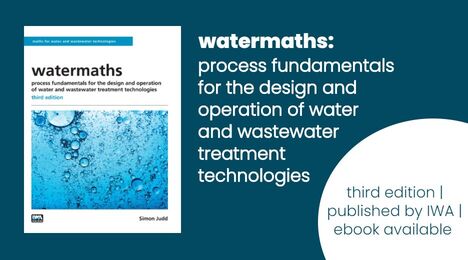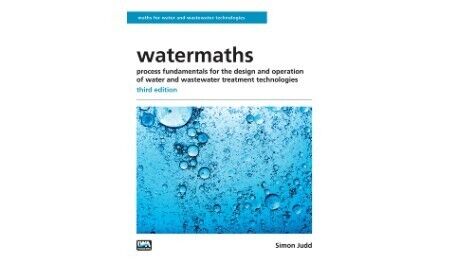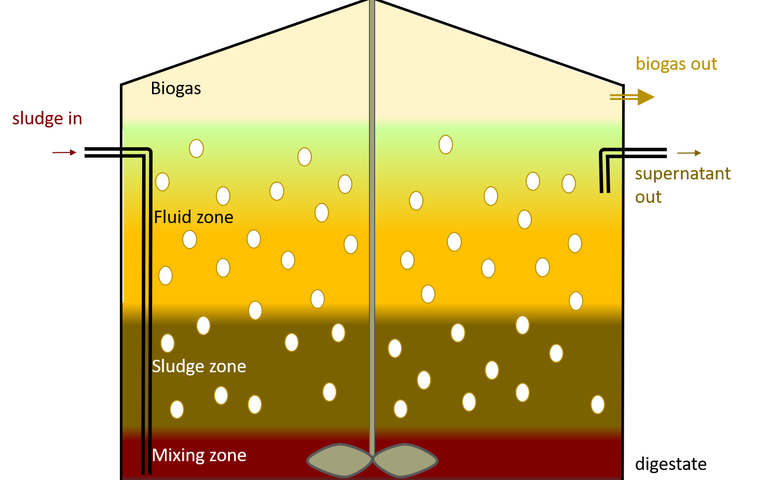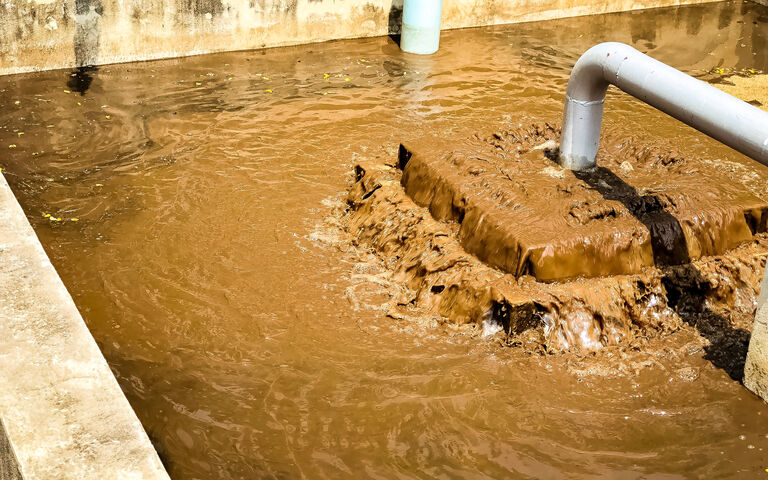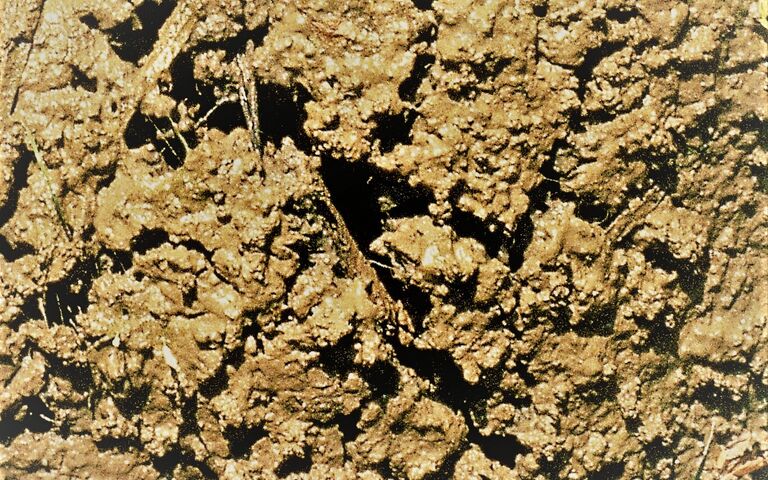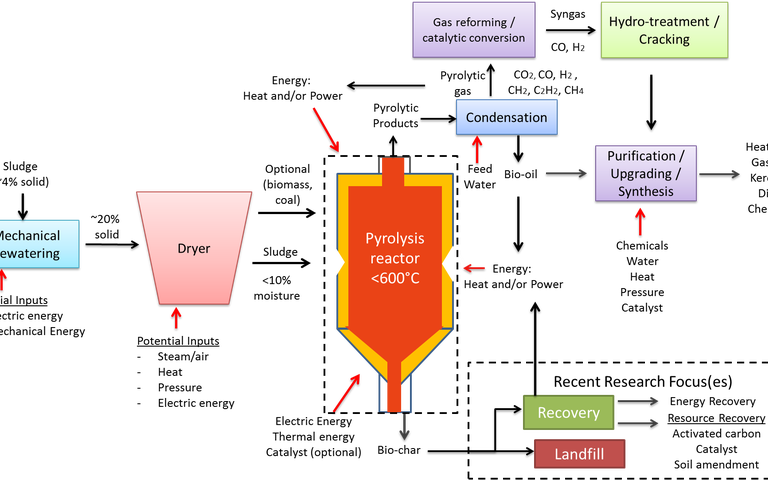Sludge treatment − alkaline stabilisation

An overview of alkaline stabilisation
Alkaline stabilisation is a chemical method designed to reduce sludge odour and putrescence (i.e. decay), and the level of pathogenic organisms. This is achieved by raising the pH of the sludge using lime. The process may be supplemented by dosing with waste solid materials to reduce the amount of lime used.
A disadvantage of employing these processes is that they:
- i. increase the total amount of sludge solids, and
- ii. incur an operating cost associated with the supply of the chemical reagent.
On the other hand, the capital cost is low compared with that incurred for biological stabilisation of sludge by anaerobic digestion or aerobic digestion.
The equipment required for alkaline stabilisation of sludge through chemical means is the same as for any other operation based on dosing of chemicals into water: a dosing pump, dosing control, mixing tank and mixing system, along with storage facilities for:
- i. hazardous chemical reagents and any supplementary solid products (such as fly ash), and
- ii. the stabilised sludge.
The mixing tanks must be large enough to each maintain a hydraulic retention time (HRT) of two hours or more, either on a batch or continuous basis. Ventilation − and possibly air purification prior to venting − is required for sludge mixing and storage within buildings.
Operating an alkaline stabilisation process demands vigorous mixing and pH monitoring of the sludge in the mixing tank. Feedback control based on the recorded pH is used to maintain the correct dose of the lime and, if used, supplementary solids. The dosing method depends on whether the lime is dosed as quicklime (calcium oxide CaO) or slaked lime (calcium hydroxide Ca(OH)2), the latter being less hazardous but bulkier.

